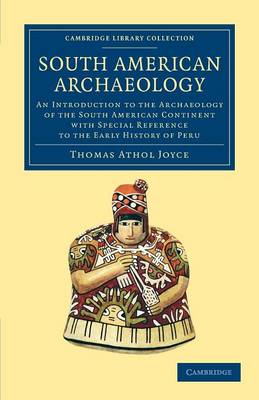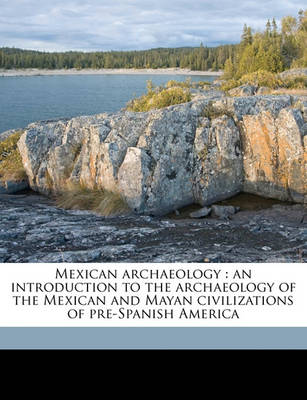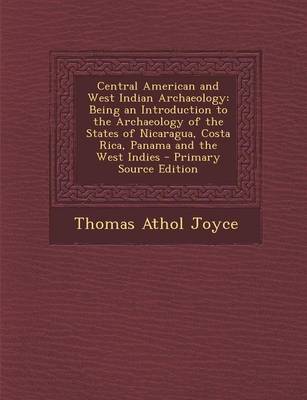Cambridge Library Collection - Archaeology
3 total works
An anthropologist and archaeologist working for much of his life in the British Museum, Thomas Athol Joyce (1878–1942) succeeded in making American archaeology more accessible to non-specialists. Through careful analysis and presentation of the available evidence from South and Central America, he secured his reputation as an authority in this field, especially with regard to Mayan civilisation. Drawing on his wide reading of the published literature, he produced three pioneering and highly illustrated textbooks. The present work appeared in 1912 and confined itself to South America, beginning its coverage with Colombia in the north. Given the better preservation of the material culture, there is a particular focus on Peru and the Incas. The topics discussed range from burials, mummies and shrunken heads to nose ornaments, musical instruments, tattoos and weaving. Joyce's Mexican Archaeology (1914) and Central American and West Indian Archaeology (1916) are also reissued in this series.
An anthropologist and archaeologist working for much of his life at the British Museum, Thomas Athol Joyce (1878-1942) succeeded in making American archaeology more accessible to non-specialists. Through careful analysis and presentation of the available evidence from South and Central America, he secured his reputation as an authority in this field, especially with regard to Mayan civilisation. Drawing on his wide reading of the published literature, he produced three pioneering and highly illustrated textbooks. The present work appeared in 1914 and focuses on Mexican and Mayan culture. The topics discussed include social structure and daily life, warfare, trade and architecture, as well as religious observance and mythology. Particular attention is paid to the calendar, with appendices providing the names of days and months along with a provisional dating scheme. Joyce's South American Archaeology (1912) and Central American and West Indian Archaeology (1916) are also reissued in this series.
An anthropologist and archaeologist working for much of his life at the British Museum, Thomas Athol Joyce (1878-1942) succeeded in making American archaeology more accessible to non-specialists. Through careful analysis and presentation of the available evidence from South and Central America, he secured his reputation as an authority in this field, especially with regard to Mayan civilisation. Drawing on his wide reading of the published literature, he produced three pioneering and highly illustrated textbooks. The present work appeared in 1916 and focuses on Nicaragua, Costa Rica, Panama and the West Indies. The laws, religion, customs and daily life of the various indigenous peoples are discussed and compared, with thorough illustration and examination of a range of artefacts. Joyce intended his summary of the evidence to serve as 'a signpost for future investigators'. His South American Archaeology (1912) and Mexican Archaeology (1914) are also reissued in this series.


